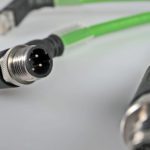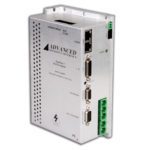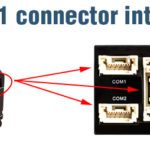Over a range of motion control applications, there is no one-size-fits-all approach for selecting a network. However, there are several key factors to consider when deciding on the best networking option for your particular application.
For starters (and perhaps most importantly), consider timing; that is, how quickly the system reacts to inputs or changes in the system as well as the network scan rate. Be sure that the rates are fast enough to accommodate the application. Otherwise, sluggish performance may be the end result. For instance, multi-axis motion control requires high levels of synchronization, so low levels of jitter or signal variability are essential. On the other hand, a relatively slow conveyor system may not require fast speeds at all and so jitter may not be an important parameter in that case.
Another factor is the existing control system. Selecting a network may depend on what network(s) the motion controller supports, or whether or not there is already a protocol in place used by other equipment, something like a legacy network. And it’s possible that using a network that one is familiar with and has experience working with can eliminate the need for a learning curve, saving development time.
Diagnostic capability may also be a key consideration. Older networking protocols had minimal diagnostic capabilities, but contemporary motion control networks generally have a range of diagnostic functions. These can include diagnosing communication issues, device errors and faults, as well as pinpointing the source of issues so they can be quickly identified and corrected.
Other points to consider may be the level of enterprise connectivity needed or required, third-party device support, and as always, cost.






Leave a Reply
You must be logged in to post a comment.